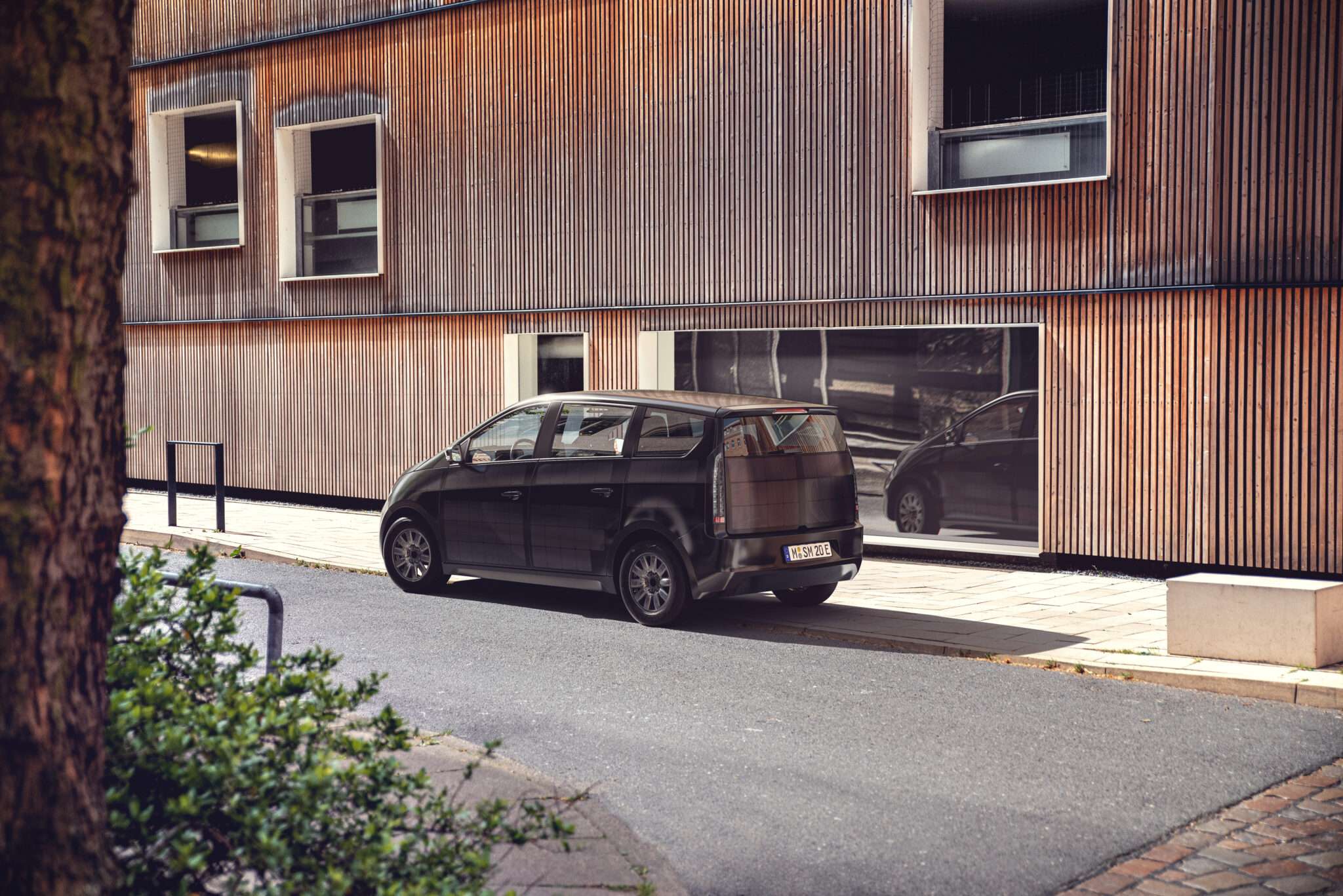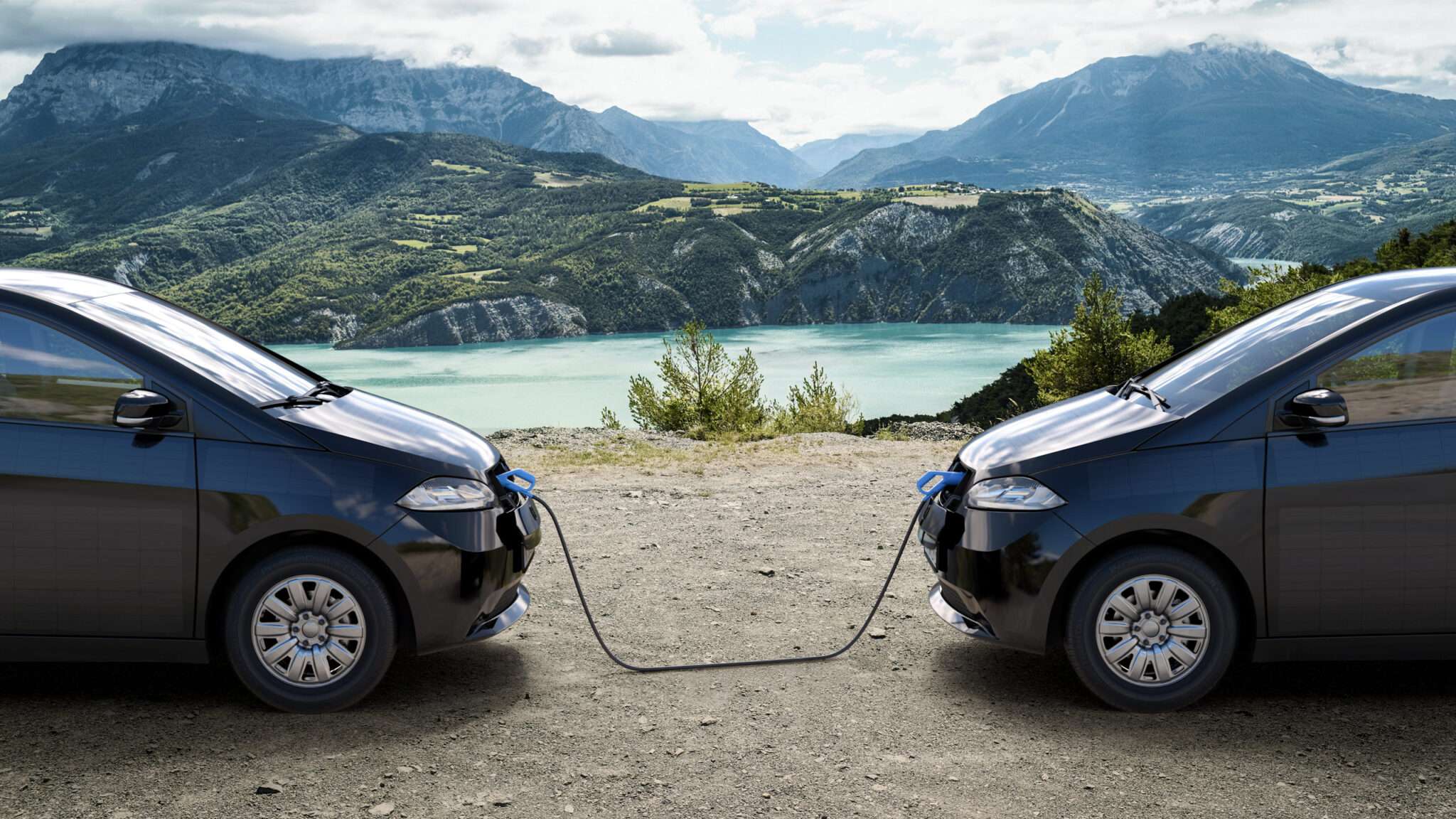Electric Vehicle Sales in Europe Have Smashed Through Even the Most Optimistic Forecasts
European electric car sales have tripled and are expected to rise to 15% by 2021 on the back of stricter emissions restrictions.

For electric car drivers, a big fear is being stuck far from a charging station on the side of the road.
While some have suggested that putting solar panel cells on car roofs would be a could way to increase battery life, Germany's Sono Motors have gone one step further: presenting a car entirely covered in panels, which they say allows the vehicle to power itself past the average daily commute.
Known as the Sion, it will be "the first mass-produced vehicle featuring solar integration to [reach] the market," costing around 25,500 euros, or around $29,000.
"The solar cells meld seamlessly into the vehicle's surface and can generate up to 34 kilometers of additional range a day at peak performance," the company said in a press release. "This is well above the average distance of 17 kilometers commuters in Germany travel to their workplace."
Designed and produced in Munich, the 2017 prototype of the Sion has been elongated and enlarged, now boasting a deeper footwell and more interior space along with ride-sharing application compatibility–making it ideal for eco-conscious carpooling services.
An app allows people to share the vehicle, share rides, and energy, too–thanks to a bidirectional charging function, as seen below.

Sono Motors plans to develop more vehicles based on the Sion platform, for example in the areas of urban mobility, business transportation, and for ‘last-mile' movements–such as postal delivery vehicles that only carry a product a short distance.
In a fun experiment in crowdsourced engineering, Sono Motors is involving those who have preordered a Sion in the selection of certain vehicle details by means of community votes. This kind of participation, says the company, is new in the "field of vehicle development."
ALSO: Used Electric Car Batteries Could Be Recycled into New Life as Energy Storage for Solar Farms, Says New Study
The carbon emissions that cannot be avoided or reduced during the vehicle's production and manufacturing are entirely offset. And while the car–which is targeted to go out to its first customers in early 2022–might not be optimal for a cross-continental tour of Europe, short-distance commuters of the future will soon be able to drive a car that makes as little impact on the planet as possible.
Power Up With Positivity By Sharing The Good Car News With Your Friends On Social Media…
Be the first to comment